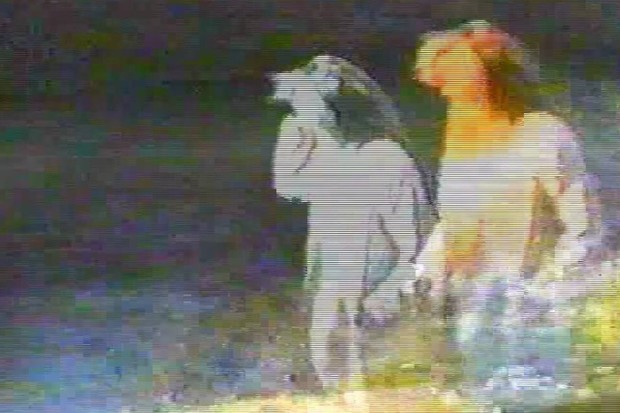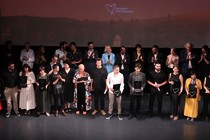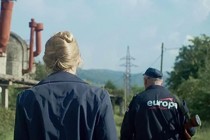SARAJEVO 2023 Documentary Competition
Review: Silence of Reason
- Following Disturbed Earth, Kumjana Novanova presents a profound, fluid and uncompromising work that aims to serve as a call for remembrance

Witnessing is an act of empowering resistance, and filmmaker and researcher Kumjana Novanova knows this only too well. In her newest work, Silence of Reason, which premiered in the Documentary Competition of the Sarajevo Film Festival, where it subsequently won the Human Rights Award (see the news), she takes this act to profound, cinematic depths. Attacking the muted misogyny with which rape and sexual enslavement have been considered “spoils of war” over history, the film features anonymised testimonies, audio and video from the historical tribunal that condemned such atrocities as forms of torture and crimes against humanity.
Novakova approaches the historical basis of Silence of Reason with the same unflinching sincerity with which she addressed the horrors of the Bosnian War in her feature debut, Disturbed Earth [+see also:
trailer
interview: Kumjana Novakova, Guillermo…
film profile] (co-directed with Guillermo Carreras-Candi). The two features make up a diptych of collective, spatialised trauma: first it was Srebrenica, and now it’s Foča that becomes the focal point around which testimonies and memories are built.
Silence of Reason opens with a quote by philosopher Hannah Arendt, calling for resistance against all attempts to mythologise the horrible, much in line with her postulates about the banality of evil. This beginning, together with the closing pre-credit, are the only instances where Novakova interferes directly – albeit through epigraphs – in the film’s narration. Such a stance is respectful and resolute, ensuring that no word is superfluous and that the body of the work speaks for itself. Composed of personal testimonies in the first person, subtitled on screen, the film’s content is taken from transcripts of the 2000 UN trial which condemned the mass rape of Muslim women during the Bosnian War in what are now known as the Foča rape camps. Most of this narration is done through text on screen, superimposed over glitchy video footage and archival analogue photographs, both of which are forensic evidence and prosecution exhibits. In this way, Novakova not only repurposes the traumatic depictions, but conjures a paradox of form and content.
At first, there seems to be no correlation between images, sounds and text, as tracking shots of town streets, derelict buildings and occasional human figures passing by are often coupled with faint noises (or sounds from nature). Over this experimental overlay sit blocks of text, in all caps: testimonies of women who have been kidnapped, displaced and raped, again and again. They “speak” through the well-composed typography, and their frankness and the compact way in which they recount surviving innumerable horrors and violence are striking. Novakova transforms research and history into a call for remembrance with graphic words, instead of images.
On the contrary, the visuals are so distorted that they’re rendered unrecognisable: original video footage has been chopped, slowed down, and altered in colour and vibrancy, so that it’s the modifications, rather than the primary material, that stand out. With an artistic choice which mirrors the way memory itself works, Novakova uses the medium of film as a tool for collective remembering and holds nothing back.
Silence of Reason was produced by Bosnia’s Pravo Ljudski.
Did you enjoy reading this article? Please subscribe to our newsletter to receive more stories like this directly in your inbox.


















